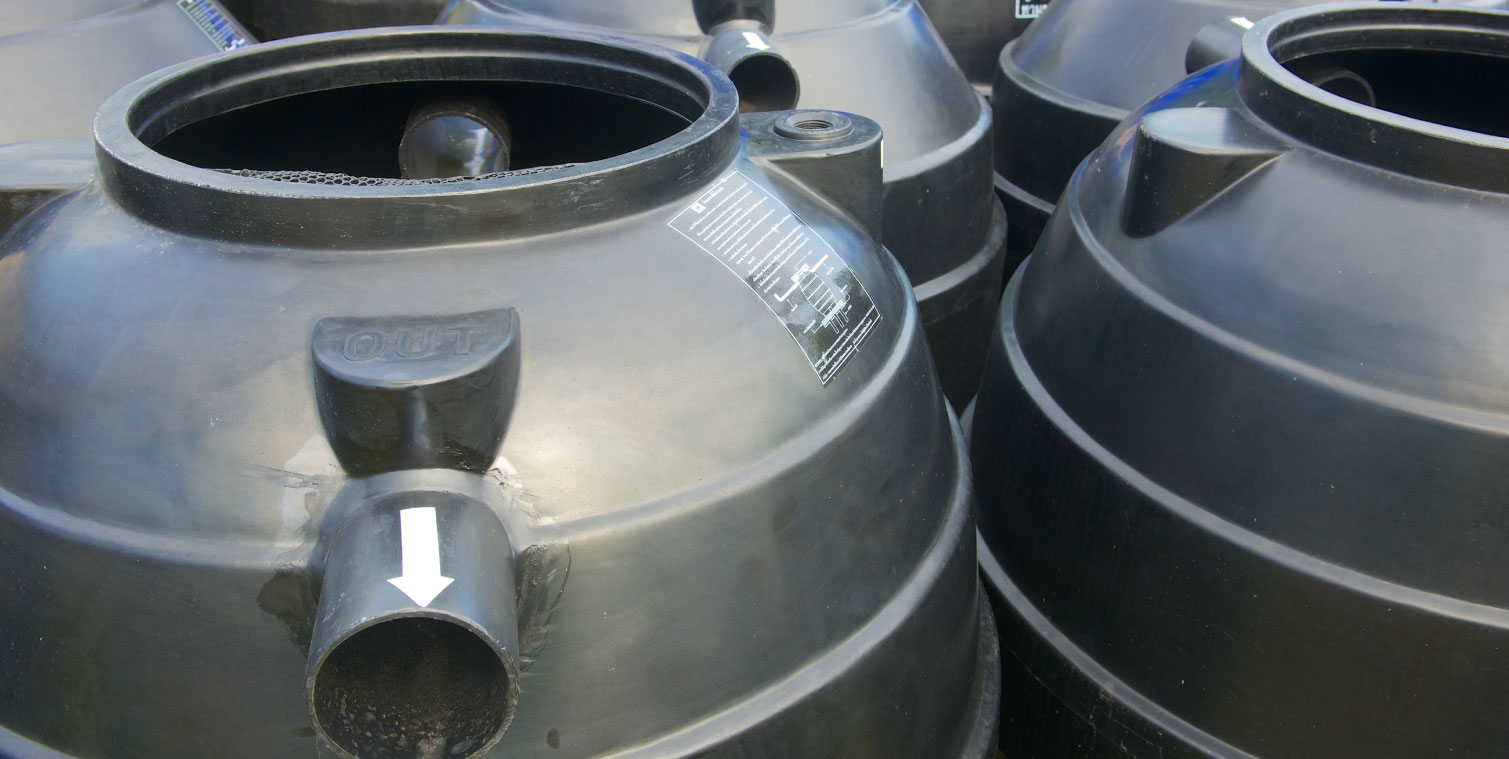The future of water is through saving it as much as we can. At the UPP Group, we are all about revolutionizing and transforming the way that South Africa not only does plumbing, but looks after this precious resource as well.
In a previous blog – Saving for a Rainy Day – we unpacked how best to take advantage of the gift of rain as a ‘free’ water source. Rainwater harvesting can supplement municipal water usage to help reduce water bills. You can use it for irrigation, to top up pools and ponds, flush toilets – even for bathing, showering and drinking, with filtering systems that help turn the run-off into perfectly safe, potable water.
Some homeowners, as well as facility managers, prefer to harvest rainwater and store it underground however, as opposed to utilising vertical tanks above-ground. This may be due to aesthetics or, more likely, space constraints.

Underground plastic storage tanks can be used for the storage of rainwater as well as municipal water, grey water, conservancy water waste or any other liquid which may be stored underground legally.
The benefits of an underground plastic tank include:
Space – Above-ground rainwater tanks can take up a lot of space, especially in confined yards and other limited urban settings. An underground tank will provide a reasonable amount of water storage space, while being both out of the way and out of sight.
Longevity – Underground tanks are not exposed to the elements. This means that, if installed correctly, they can last a very long time. Underground tanks also have thicker and stronger walls to prevent possible collapse.
Safety – The underground tanks that we supply at UPP are equipped with child-safe manholes and may be covered completely with a decorative manhole cover if needed.
Containment – Because the tank is completely sealed and buried, it cannot be infested with any contaminants which can be found in vertical tanks.
Size – Choose from a large variety of tank sizes for underground use, ranging from 300lt up to 12500lt.
Cost – A plastic underground tank costs less to install than brick-built tanks. It is also unlikely ever to leak if installed correctly, while mortar and brick tanks can crack over time.
Installing an underground water storage tank is simple enough when you have the right people managing the process – from the excavation and base preparation, to making use of the correct backfill material to help set the tank in place. Regular checking of an underground tank is recommended too, especially to monitor water quality if you plan to use the tank for drinking or potable water.
